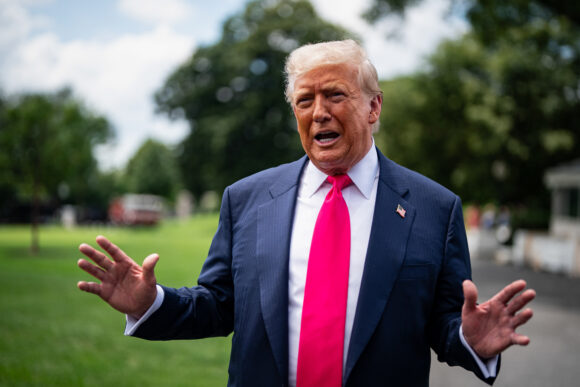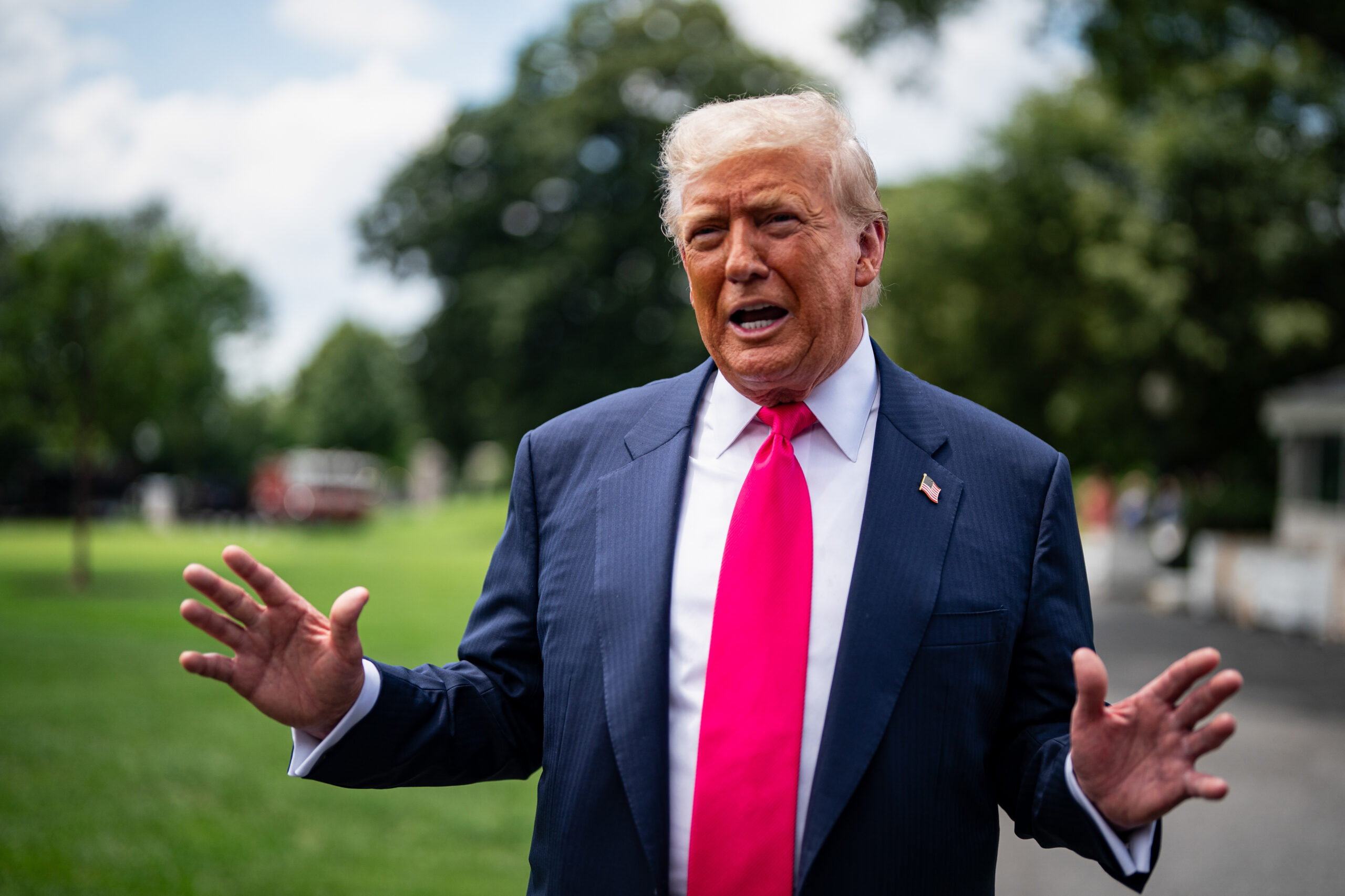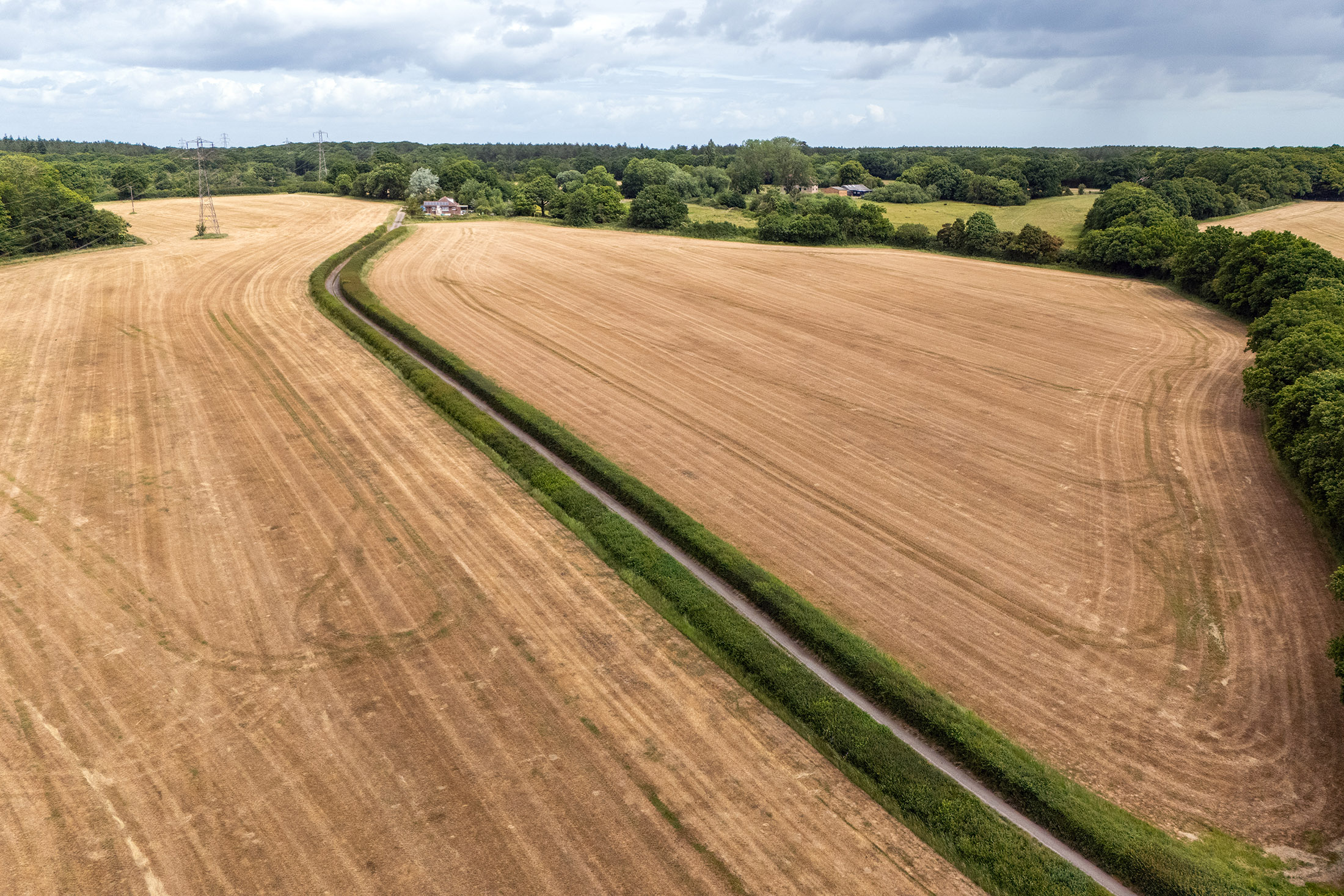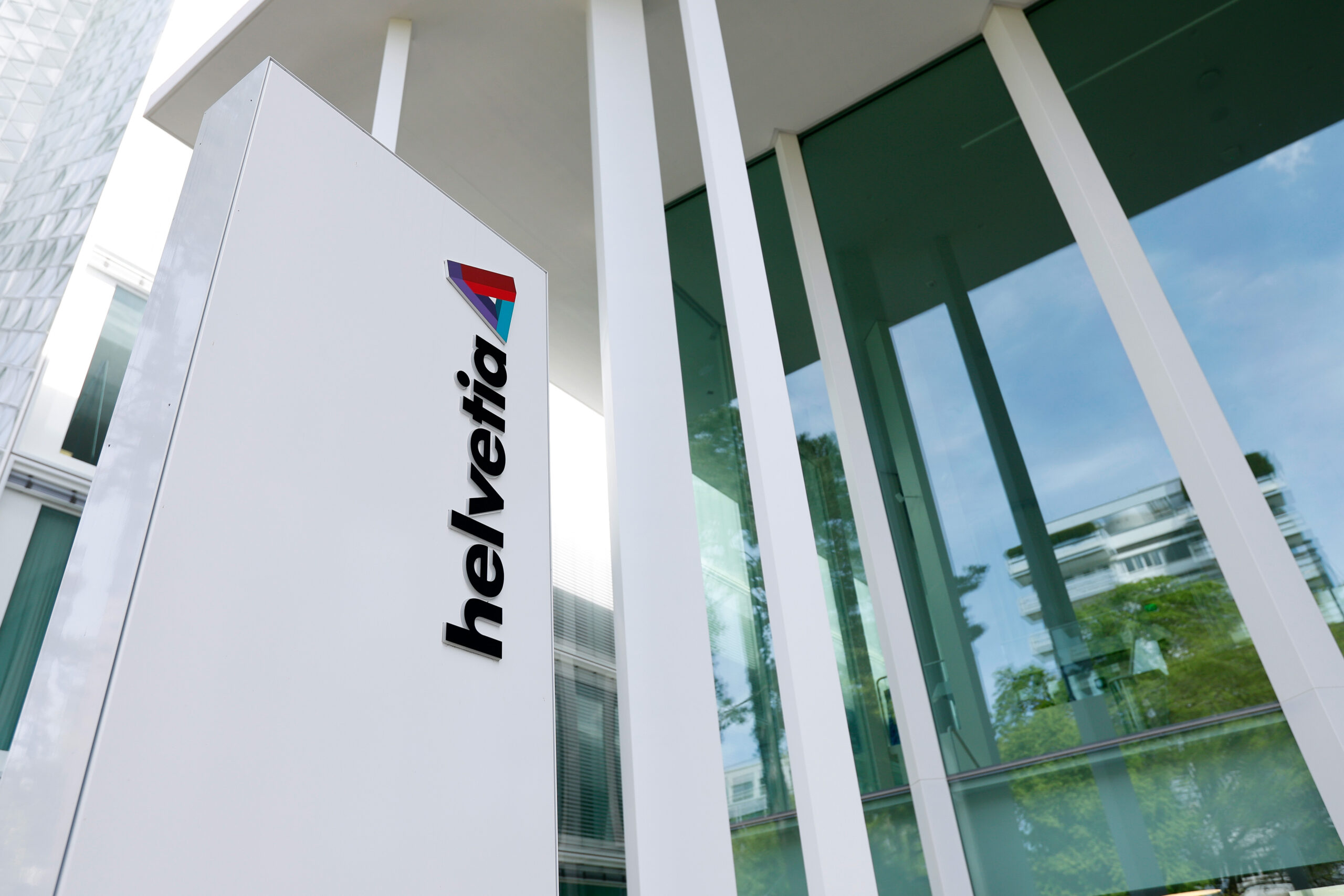
The Trump administration called for boosting artificial intelligence development in the US by loosening regulations and expanding energy supply for data centers under new guidelines that also urged the federal government to withhold funding from states determined to have burdensome regulations on the emerging technology.
The so-called AI Action Plan, released by the White House on Wednesday, seeks to assert US dominance over China. The blueprint recommends revamping the permitting process and streamlining environmental standards to speed AI-related infrastructure projects. It also seeks to make American technology the foundation for AI worldwide while enacting security measures to keep foreign adversaries like China from gaining an edge.
“To win the AI race, the U.S. must lead in innovation, infrastructure, and global partnerships,” said White House AI czar David Sacks in a statement. “At the same time, we must center American workers and avoid Orwellian uses of AI. This Action Plan provides a roadmap for doing that.”
Mandated by President Donald Trump shortly after taking office in January, the 23-page AI Action Plan marks the administration’s most significant policy directive on a technology that promises to reshape the global economy. The president is scheduled later Wednesday to deliver remarks at an event hosted by the All-In Podcast and a consortium of tech leaders and lawmakers known as the Hill and Valley Forum.
Trump plans to sign a handful of executive orders Wednesday to set in motion elements of his AI plan, among them a directive to use the US International Development Finance Corporation and the Export-Import Bank to support global deployment of American technology. Another order will call for all large language models procured by the government to be neutral and unbiased.
The blueprint represents the culmination of Trump’s campaign promises to position America as the global leader in artificial intelligence, while dismantling what he characterized as a rules-heavy approach to AI under President Joe Biden.
“These clear-cut policy goals set expectations for the Federal Government to ensure America sets the technological gold standard worldwide, and that the world continues to run on American technology,” said Secretary of State Marco Rubio in a statement.
Within days of taking office, Trump rescinded a 2023 order from Biden that had set extensive safety testing requirements and mandated transparency reports from major AI developers. In its place, Trump demanded a new path on AI policy and set a six-month deadline for Sacks to create it.
Sacks, a venture capitalist who has emerged as one of the administration’s most influential voices on tech policy, was joined in shaping the new policy approach by senior AI adviser Sriram Krishnan and tech policy chief Michael Kratsios. Together, they spent months cultivating detailed input from key AI companies and other industry leaders.
Energy components
Trump and other administration officials have also stressed the importance of meeting another tech industry priority: ensuring the US has enough power to run energy-hungry AI data centers. In their view, adequate electricity supply is intertwined with national security, essential to keeping the US ahead of global competitors in the race to dominate artificial intelligence.
The plan recommends working to stabilize the existing energy grid and implementing strategies to enhance the performance of the transmission systems. The document also suggests prioritizing the interconnection of reliable, detachable power sources that could see nuclear and enhanced geothermal plants deployed to help manage a surge in demand.
By 2035, data centers are projected to account for 8.6% of all US electricity demand, more than double their 3.5% share today, according to data from Bloomberg NEF.
The Trump administration has said expanding the use of coal-fired power, along with electricity from natural gas and nuclear, is needed to help fuel the boom and has warned of future blackouts if that fails to happen. The US Energy Department has already used emergency authority to keep two power plants that were slated to close online, and has signaled additional federal intervention may be forthcoming.
Photo: US President Donald Trump speaks to members of the media on the South Lawn of the White House on July 15, 2025. Photographer: Al Drago/Bloomberg
Copyright 2025 Bloomberg.
Interested in Ai?
Get automatic alerts for this topic.



